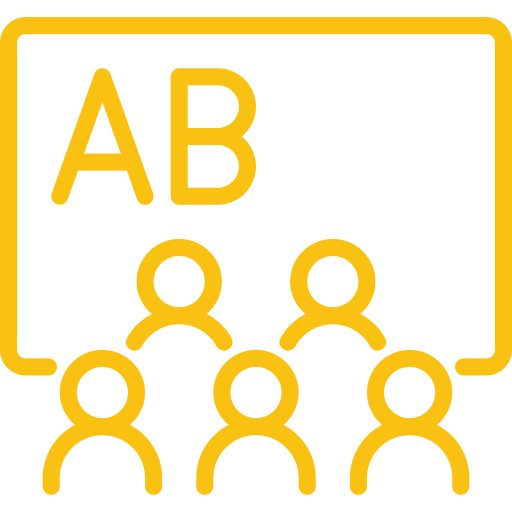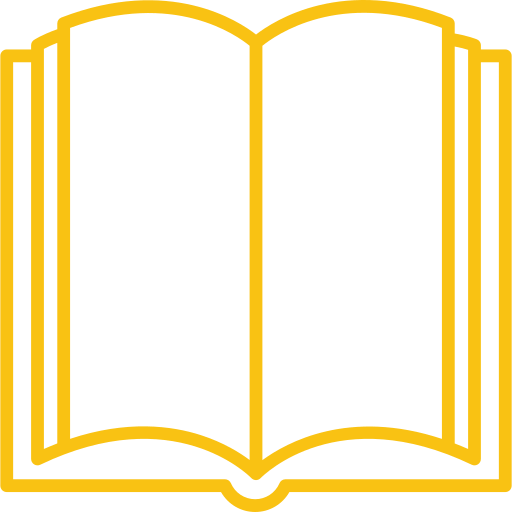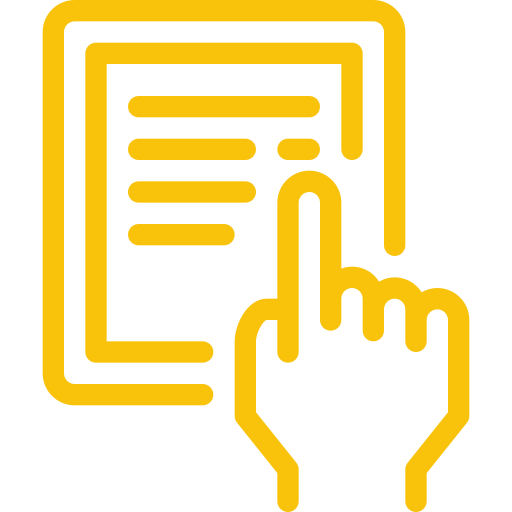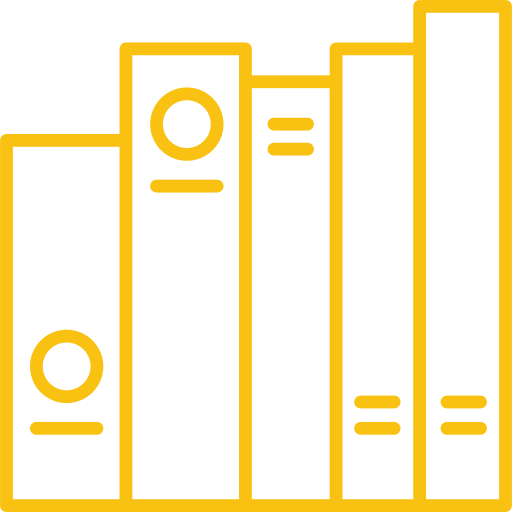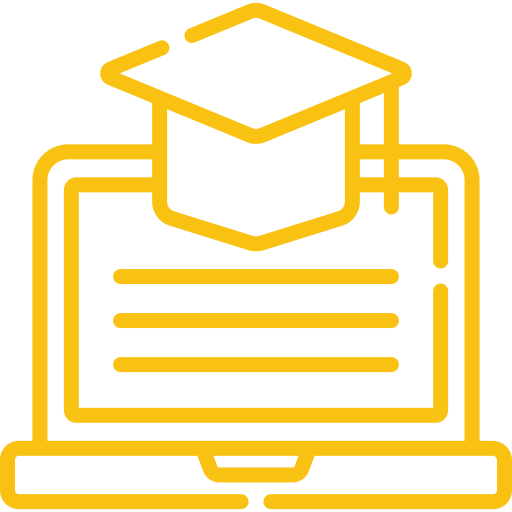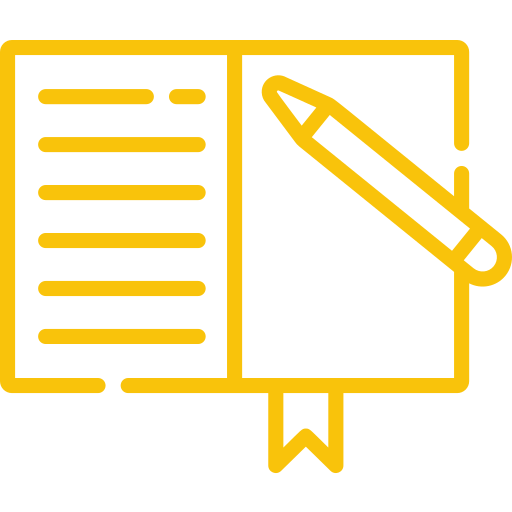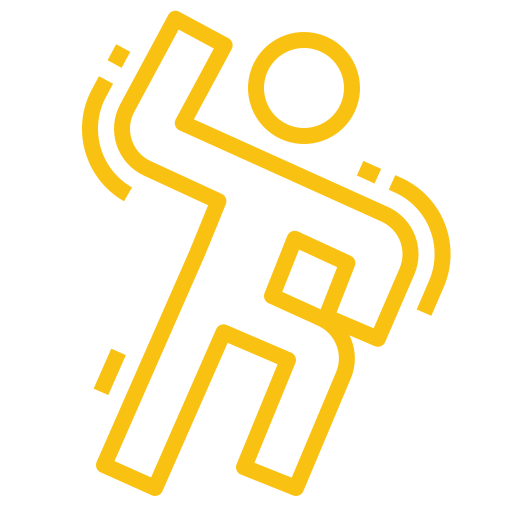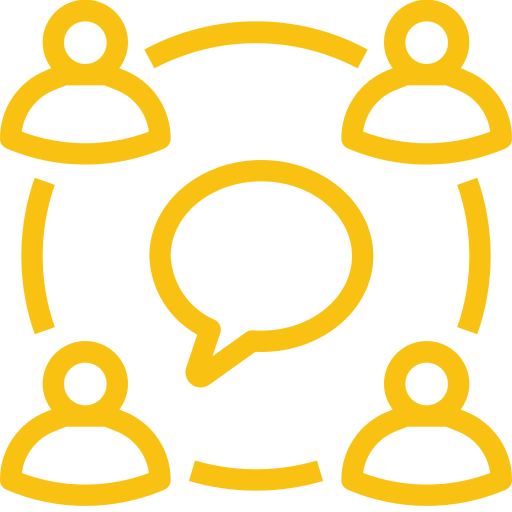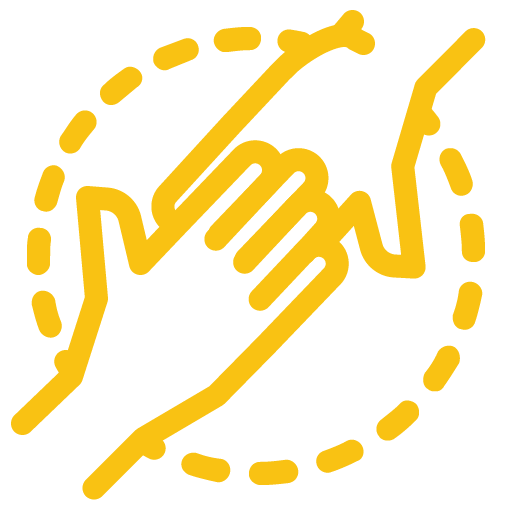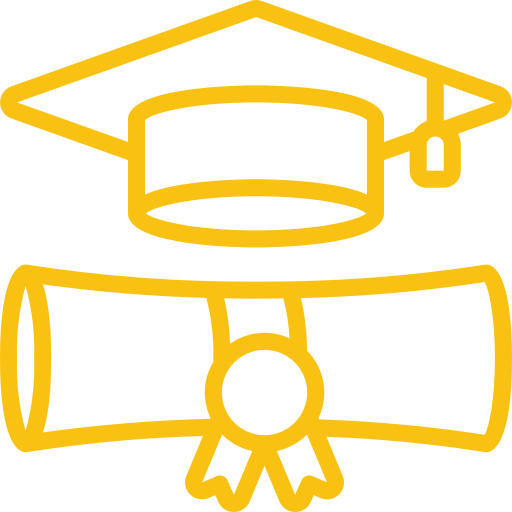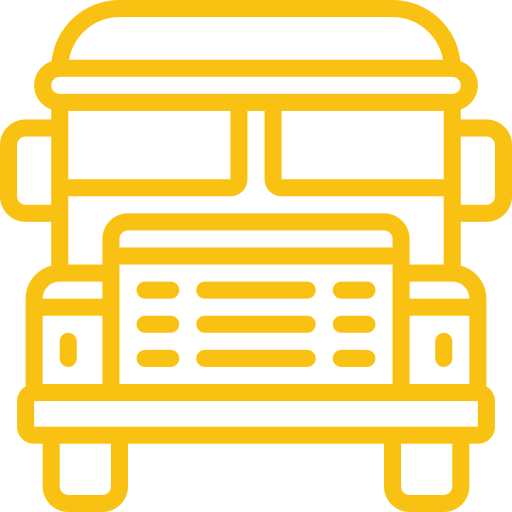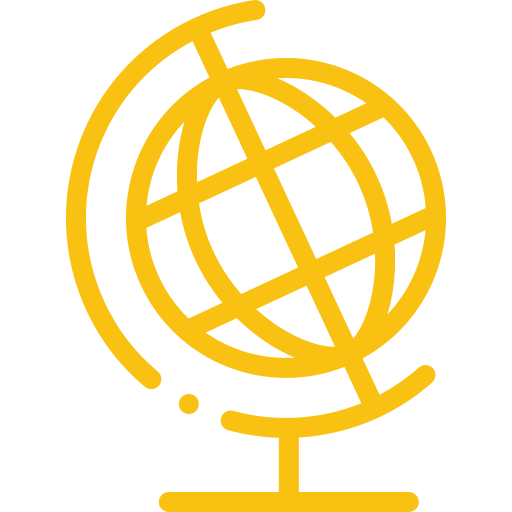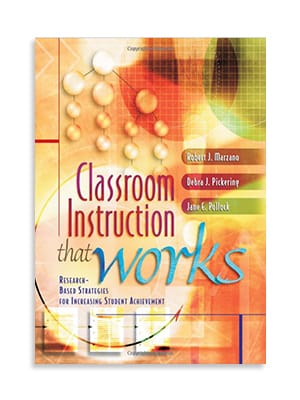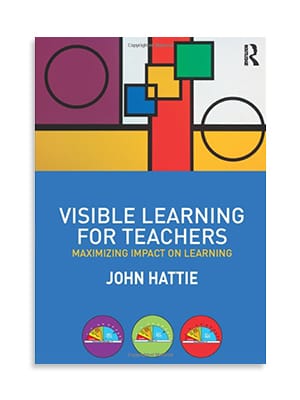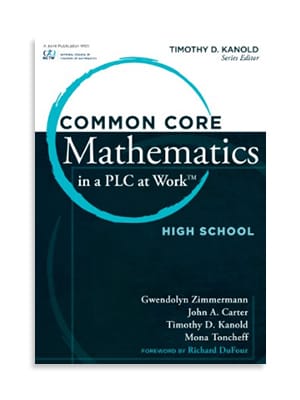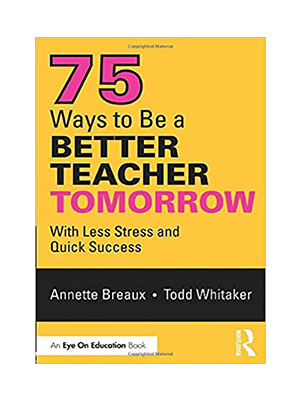How often have you helped your student practice, review, and prepare for an exam, only to end up disappointed or confused by negative results? When this happens, we tend to ask: What went wrong? We felt so confident going into this assessment! How can we make improvements for the future? Unfortunately, for many teachers and students, this scenario is becoming more familiar in distance learning. The good news is there are things we can do right now to help students boost their skills and performance without adding a lot of additional work. Let’s take a look at the problem many students face, and several strategies that can help them meet this challenge.
The Power of Metacognition
When students spend hours studying for a test and are surprised by their poor performance, this is often a result of poor metacognition: They were not able to recognize what they did and did not know, and therefore they were unable to study the right material. Conversely, when students can accurately gauge their own knowledge and skills, and use proven methods to address their gaps in knowledge, their learning and performance improves.
Patricia Bain, co-author of Powerful Teaching: Unleash the Science of Learning, teaches her students the concept of metacognition by asking them a question they won’t be able to answer at the start of a unit, for example, “Who was Lady Murasaki Shikibu?” When students can’t come up with the answer, she tells them, “You didn’t have to think long about this question, you either knew it or you didn’t: there was no shame, and no reason to guess.” She teaches students to embrace the feeling of not knowing — and she tells them that it is important to differentiate between the feeling of knowing and not knowing every time they learn something new, otherwise they risk studying material they already know or giving up on challenging material. Instead of guessing or assuming they know something, they should think to themselves, “I don’t know that yet.”
What the Research Teaches Us
There is good news and bad news when it comes to student metacognition. First, the bad news: students frequently think they know something, when they actually don’t. Often, students are tricked by a misperception of “fluency” — they believe that because facts or ideas seem easy right now, they will remain that way tomorrow. Some students are so confident in their skills that once they have reviewed a topic or assignment a few times, they assume further study won’t help. In both cases, students’ actual performance ends up lower than they predicted or expected. The good news is that brain researchers have found ways to improve students’ metacognition – and their performance. Let’s look at four actions you can take in your classroom right now.
Four Ways to Help Students Perform Better
1. Give Feedback for Correct and Incorrect Answers
Teachers can help students build their metacognitive skills by providing consistent feedback. Specifically, we need to make sure students receive (and reflect on) feedback about incorrect and correct answers. When students reflect on their incorrect answers, they are better able to identify and address their gaps in knowledge. Feedback on incorrect answers is also important due to the hypercorrection effect — when students think they knew an answer, but then see that they got it wrong, they are much more likely to retrieve the correct answer in the future!
It may come as a surprise to some teachers that feedback on correct answers is just as important as feedback on incorrect answers. For example, if a student guesses on several questions during a test, it is still possible she will get many questions right. If she does not get her test back (or is not taught to review her correct answers), she has no idea what she actually knows, and it will be more difficult for her to improve in the future. Consider this: In one study, students who received something as simple as a green check mark next to their correct responses (versus not seeing their scores) were able to increase their performance by an entire letter grade.
2. Take Time for Elaborative Feedback
Students benefit from two types of feedback: correct answer and elaborative. While “correct answer” feedback lets a student know if he got the question right, elaborative feedback provides an explanation about why an answer is correct. This helps students transfer their knowledge to new contexts. For example, in Patricia Bain’s history class, she explains why the answer is correct. This requires her to review definitions, key historical dates, and clarify differences between historical events in order to clear up confusion. While it takes longer, the detailed explanations promote higher-order thinking.
3. Make Learning and Studying Challenging
Research show that when practice and review is challenging for students, metacognition and performance improves. For example, routine mini-quizzes have a greater positive impact on recall and performance than daily worksheets. In addition, research shows that simply re-reading a chapter (or looking over notes) before an exam is one of the least effective study methods for students – this is because it is “too easy.” When students just look over materials, they aren’t pushing themselves to retrieve/ remember anything. Think of it this way: Imagine you had just read something 3-4 times, over and over. You would probably feel pretty confident that you know the information well. Students feel the same way, and in study after study, research shows the same thing: students that use ‘easy’ study methods consistently feel overconfident in their skills (on average, their actual test scores are significantly less than their predicted scores).
To encourage challenging (and more successful) study habits, try this: Instead of asking students to review their notes before a test, show them how to use correct retrieval methods, such as the effective use of flashcards or self-assessments. While many teachers feel compelled to reduce student stress by reducing the number of quizzes right now, a better approach may be to use more quizzes, but make them low-stakes. Try quizzing students a little more often, but rather than entering their scores in the gradebook, take time to discuss their answers (and concerns) right away. The reality is that when it comes to student performance, making things “easier” for students doesn’t necessarily help them in the long-term. What we need to do is reduce the high-stakes grading often associated with more challenging assignments (or allow students opportunities to redo work).
4. Use New Tools to Build Student Understanding
In the book Powerful Teaching, the authors recommend two specific feedback techniques to directly address the illusions of fluency and confidence: metacognition sheets and retrieval cards.
Metacognition Sheets
With metacognition sheets, students make judgments about their learning and their confidence as learners during class. For example, students might rate their understanding of the day’s lesson, jot down difficult concepts, and reflect on how they can improve. Students who used metacognition sheets scored significantly higher than students who did not use this tool for reflection.
|
Sample Questions from Metacognition Sheet
|
Retrieval Cards
Retrieval “cards” are similar to traditional flashcards except they only include the definition of a term or concept (provided by the teacher) and the student must provide the word or concept. Rather than an actual card, they are made by creating 8-10 text boxes on a single sheet of paper.
Here is an example of a Retrieval Card based on common study methods for students: Spaced Practice, Interweaving, Retrieval Practice, Desirable Difficulty. Retrieval Cards typically include 8-10 boxes (i.e. definitions or concepts).
Sample Retrieval Card
|
boosts learning by repeatedly pulling information out of students’ heads, rather than pushing information in. |
boosts learning by spreading lessons and retrieval practice out over time so learning isn’t crammed together. |
|
a learning task that requires a considerable but desirable amount of effort because it improves long-term performance. |
boosts learning by mixing up closely related topics and encouraging students to discriminate between key concepts. |
Students complete the card (i.e. retrieve the correct word/concept) using a process called the “Four Steps of Metacognition” (see below). When students use this four-step process, they independently determine what they know and what requires additional review— this is metacognition.
- First, they examine their knowledge by putting a “star” next to the definitions they think they know and a “question mark” next to the ones they don’t.
- Then, they write down the definitions they already know without referencing their notes/books.
- Next, they use their notes or textbooks to fill in the definitions they initially marked with a question mark.
- Lastly, they check all of their definitions using their books to ensure they are correct.
Final Thoughts
If you see that your students are struggling to “show what they know” in class, try helping them build a better understanding of what they do and do not know. You can do this by providing better feedback and encouraging students to think about their current knowledge. This way, students can tackle challenges head-on, rather than being surprised and disappointed when their performance does not meet expectations.
Resource: Agarwal, P, and Bain, P. Powerful Teaching: Unleash the Science of Learning. 2019.
